Nol Coward
COLLECTED PLAYS: ONE HAY FEVER, THE VORTEX, FALLEN ANGELS, EASY VIRTUE This volume contains the plays with which Nol Coward arrived on the theatrical scene in the 1920s plays which made him, in John Gielguds words, the angry young man of the day. Hay Fever, one of the best-loved of all Cowards plays, was reckoned by Tyrone Guthrie to have as good a chance of immortality as any work of an author now living. Here is a piece, wrote James Agate of The Vortex, which is the dernier cri in the theatrical mode, un peu schoking perhaps, but no less popular on that account. Fallen Angels was described, wrote Coward, as vulgar, disgusting, shocking, nauseating, vile, obscene, degenerate, etc., etc All this was capital for the box-office and the play ran for several months. Of Easy Virtue, Coward wrote: Women with pasts today receive far more enthusiastic social recognition than women without pasts It was in a mood of nostalgic regret at the decline of such conventions that I wrote Easy Virtue.in the same series(introduced by Sheridan Morley) Coward
Collected Plays: Two (Private Lives, Bitter-Sweet, The Marquise, Post-Mortem) Collected Plays: Three (Design for Living, Cavalcade, Conversation Piece,
and Hands Across the Sea, Still Life, Fumed Oak
from Tonight at 8.30) Collected Plays: Four (Blithe Spirit, Present Laughter, This Happy Breed,
and Ways and Means, The Astonished Heart, Red Peppers from Tonight at 8.30) Collected Plays: Five (Relative Values, Look After Lulu!,
Waiting in the Wings, Suite in Three Keys) Collected Plays: Six (Semi-Monde, Point Valaine, South Sea Bubble,
Nude With Violin) Collected Plays: Seven (Quadrille, Peace in Our Time,
and We Were Dancing, Shadow Play, Family Album,
Star Chamber from Tonight at 8.30) also by Nol CowardCollected Revue Sketches and ParodiesThe Complete Lyrics of Nol CowardCollected VerseCollected Short StoriesPomp and Circumstance
A Novel Autobiographyalso availableCoward the Playwright
by John Lahr Nol Coward
COLLECTED PLAYS
ONE
HAY FEVER THE VORTEX FALLEN ANGELS EASY VIRTUE
Introduced by Sheridan Morley Bloomsbury Methuen Drama
Bloomsbury Methuen Drama An imprint of Bloomsbury Publishing Plc
| 50 Bedford Square | 175 Fifth Avenue |
| London | New York |
| WC1B 3DP | NY 10010 |
| UK | USA |
www.bloomsbury.com This collection first published in Great Britain in 1979 by Eyre Methuen Ltd Reissued with a new Introduction in 1989
Reissued with a new cover, revised Introduction and Chronology in 1999 by Methuen Publishing Ltd
Reprinted by Bloomsbury Methuen Drama 2008, 2009, 2010, 2011 Published by arrangement with Doubleday, an imprint of The Knopf Doubleday Publishing Group, a division of Random House, Inc. Copyright in all the plays by NC Aventales AG, successor in title to the Estate of Nol Coward
Introduction Sheridan Morley 1989, 1999
Chronology by Jacqui Russell 1987, 1999 The right of the authors to be identified as the authors of this work has been asserted by them in accordance with the Copyright, Designs and Patents Act, 1988 All rights reserved.
No part of this publication may be reproduced or transmitted in any form or by any means, electronic or mechanical, including photocopying, recording, or any information storage or retrieval system, without prior permission in writing from the publishers. No responsibility for loss caused to any individual or organization acting on or refraining from action as a result of the material in this publication can be accepted by Bloomsbury or the author. All rights whatsoever in this play are strictly reserved and application for performance etc. should be made before rehearsals by professionals to Alan Brodie Representation Ltd, Paddock Suite, The Courtyard, 55 Charterhouse St, London EC1M 6HA, and by amateurs to Samuel French Ltd, 52 Fitzroy Street, London W1P 6JR. No performance may be given unless a licence has been obtained. No rights in incidental music or songs contained in the work are hereby granted and performance rights for any performance/presentation whatsoever must be obtained from the respective copyright owners.
Visit www.bloomsbury.com to find out more about our authors and their books You will find extracts, author interviews, author events and you can sign up for newsletters to be the first to hear about our latest releases and special offers. British Library Cataloguing-in-Publication Data
A catalogue record for this book is available from the British Library. eISBN-13: 978-1-4081-6219-4 Library of Congress Cataloging-in-Publication Data
A catalog record for this book is available from the Library of Congress.
INTRODUCTION
The four plays that make up the first volume of this collection of Nol Cowards plays were all written over a two-year period in the middle 1920s; they include the drama that made his name amid considerable shock-horror press coverage, two classic light comedies and a period piece now almost totally unrevived but once made into a film by Alfred Hitchcock. Born on December 16, 1899, just before the last Christmas of the last century (hence the name Nol), Coward was the second son of an unsuccessful piano-tuner turned salesman and a doting, ambitious mother. He grew up amid genteel poverty at a series of suburban South London addresses, and when he was ten his mother answered a newspaper advertisement for child actors.
Within three months Nol was on the stage of the Crystal Palace in a play called The Goldfish, and moved from there to the ritual Christmas treats of Where The Rainbow Ends and Peter Pan; it was Kenneth Tynan who commented half a century later that having started out as Slightly in Peter Pan, Nol remained Wholly in it forever afterwards. Coward then rapidly settled with his beloved friend and partner from childhood Gertrude Lawrence into the touring life of a fairly successful juvenile player: in his own view he was when washed and smarmed down a bit, passably attractive, but one of the worst boy actors ever inflicted on the paying public. Nevertheless he survived, and by 1917 was already making his first film appearance with the Gish sisters for D. W. Griffith in Hearts of the World. There followed a brief and unhappy spell in the army, ignominious dismissal from a West End comedy for mocking the leading lady, and then a lengthy Birmingham and London engagement as Ralph in The Knight of the Burning Pestle.
But by now Nols ambitions were to be a playwright and songwriter as well as an actor, and by April 1920, at the very beginning of his own twenties and the decade with which he was to be constantly and inevitably associated, he was in rehearsal in Manchester for Ill Leave It to You, the first play with which he was to reach the West End as both author and leading actor. That it was not destined to be a great success (it lasted only 37 performances and has seldom been revived) did not much matter: the author/actor double achieved at 20, was sufficient to guarantee several magazine profiles of an infant prodigy and to launch Coward into a remarkable decade: Between 1920 and 1930 I achieved a great deal of what I had set out to achieve, and a great deal that I had not. I had not, for instance, envisaged in those early days of the Twenties that before the decade was over I would be laid low by a serious nervous breakdown, recover from it, and return to London to be booed off the stage and spat at in the streets. Nor did I imagine, faced by this unmannerly disaster, that only a few months would ensue before I would be back again, steadier, and a great deal more triumphant than before. After the failure of
Next page

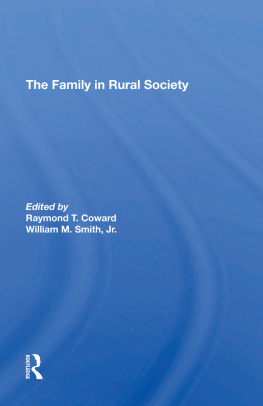
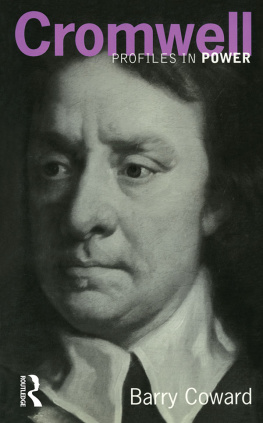

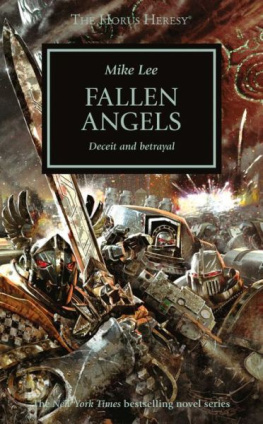
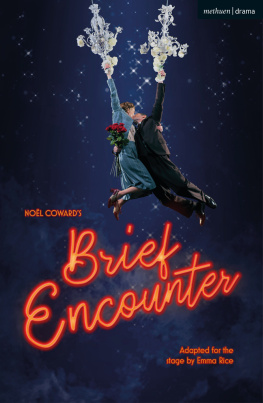
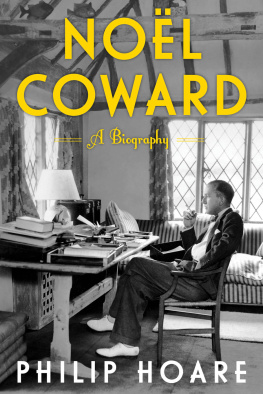


 Bloomsbury Methuen Drama
Bloomsbury Methuen Drama